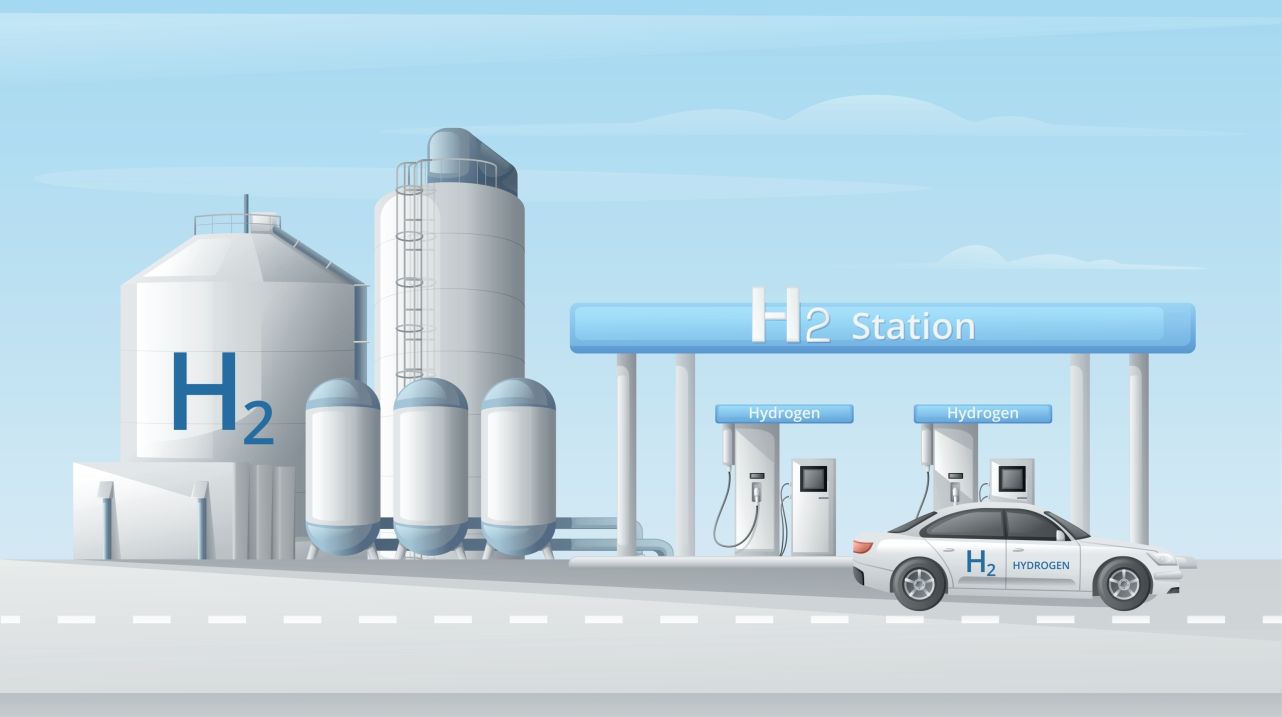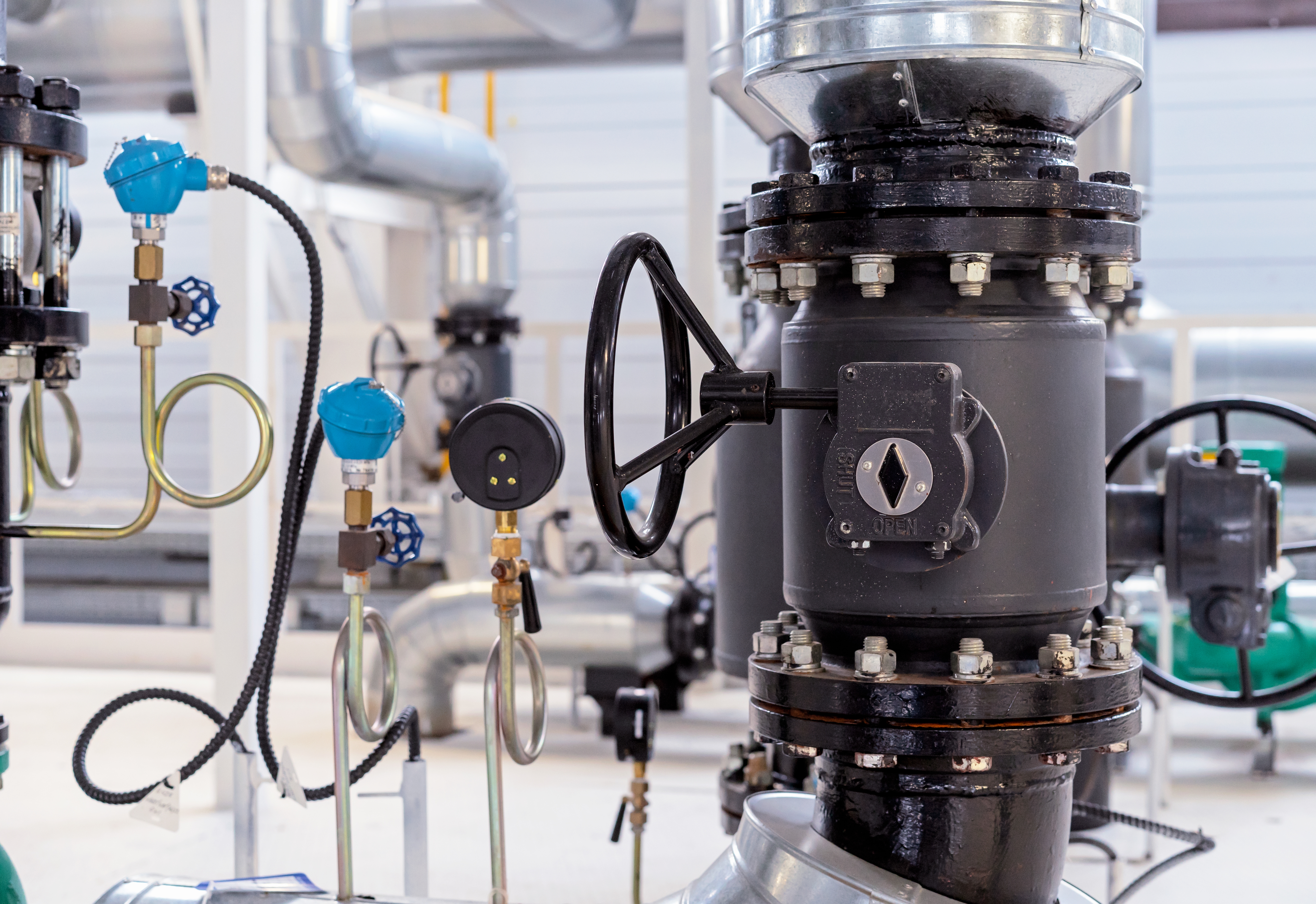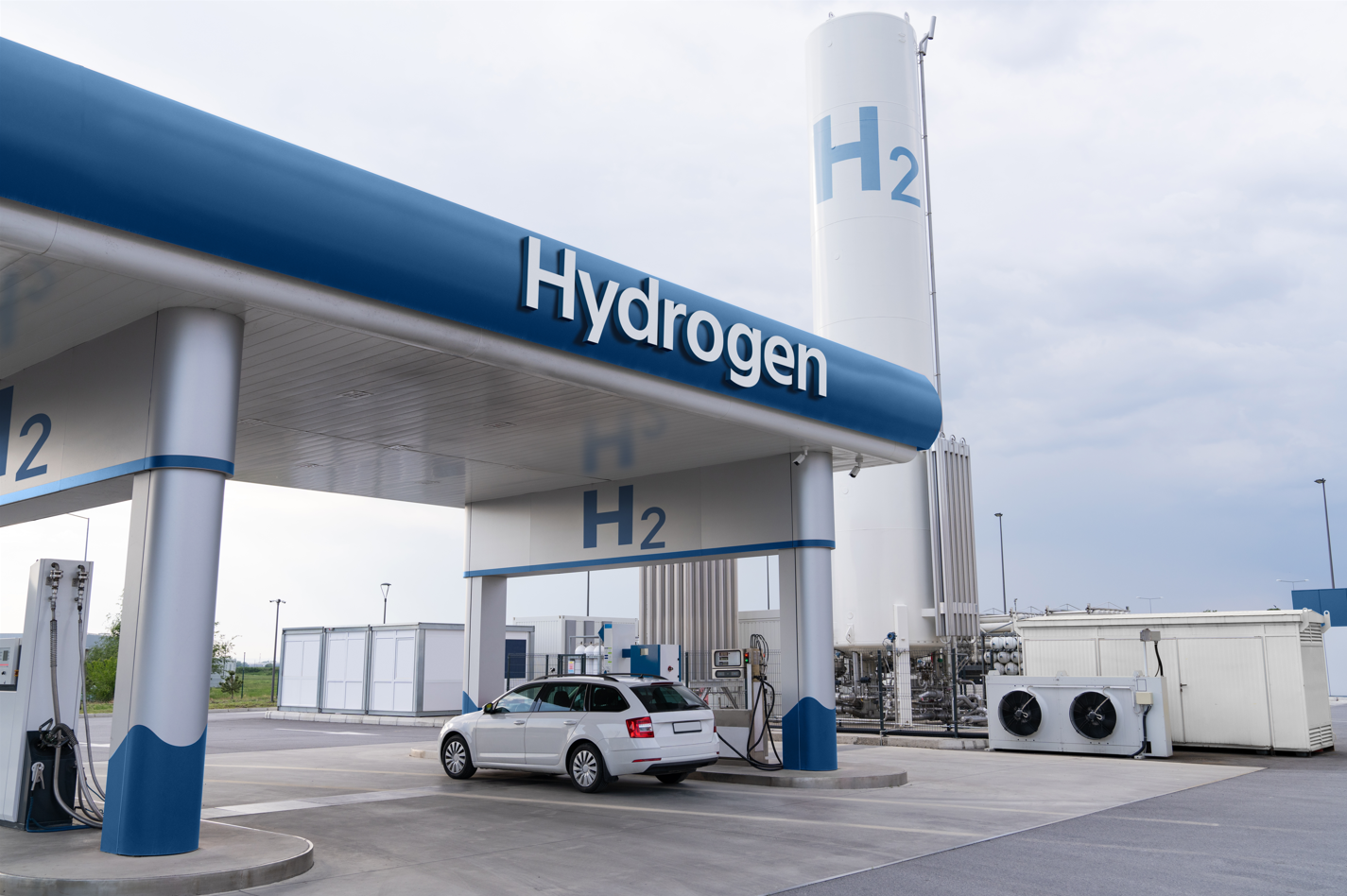Featured Articles
2023-02-22
[2023-02-22 ~
]
How to ensure the safety of Hydrogen Storage Tank

The Strength and Rigidity of the Hydrogen Storage Tank Using Carbon Fiber Surpasses that of Steel Cylinders
The safety of hydrogen energy vehicles is most likely to be directly associated with hydrogen storage tanks, which is almost the first check. Each car factory has its unique technology and strives for the hydrogen storage tank to withstand a great impact. To maintain the safety of the hydrogen storage tank, the priority is strength and rigidity. Strength is the resistance to fracture under force, which is the key to ensuring the safety of rupture; stiffness is the resistance to deformation under force, which is important for durability.
The Toyota series adopts polyamide materials from Ube Industries Co., Ltd., which is an order of magnitude higher in hydrogen permeation resistance and excellent durability than traditional high-density polyethylene and can withstand instantaneous changes in storage tank temperature including hydrogen filling and discharge, and the mechanical properties of impact resistance in extremely cold environments. The process uses a blow-molded inner liner, which is more productive than injection molding, wrapped in carbon fiber and then impregnated with an epoxy resin cured at 150°C. This carbon fiber shell acts to provide sufficient strength, is surrounded by layers of fiberglass, and is designed to withstand up to 225% of normal operating pressure. In the event of an accident, any damage can be seen on the fiberglass and the carbon fiber shell can be tested for damage.
Hyundai's hydrogen storage tanks use slightly different materials but have similar properties. The inner surface of the hydrogen storage tank is made of a thin polyamide liner commonly known as nylon, which minimizes hydrogen gas permeation. The outer surface is covered with reinforced plastic made of carbon fiber and epoxy resin. This composite material has dozens of coatings. Any damage to the coating is only localized, so it will not affect the safety or durability performance of the tank. Compared with traditional steel tanks, the overall strength is increased by 6 times, the stiffness is increased by 4 times, and the weight can be greatly reduced.
Toyota Mirai's hydrogen storage tank has a service life of 15 years, far exceeding the service life of ordinary cars, so there is no need to worry about the large cost of replacing it with new ones.
References
- Plastic Today, 2016-06-01, Polyamide makes its mark in high-pressure hydrogen tank for Toyota fuel cell vehicle
- Hyundai Motor Group, 2019-09-06, What Makes Fuel Cell Electric Vehicles Safe?
- Toyota, 2022-03-15, Toyota Develops Storage Module Utilizing Resin High-Pressure Hydrogen Tanks
- Automotive Media Response, 2014-11-21, 池原照雄, 水素タンクが炎に包まれたら? 気になるFCVと「未知の燃料」の安全性



